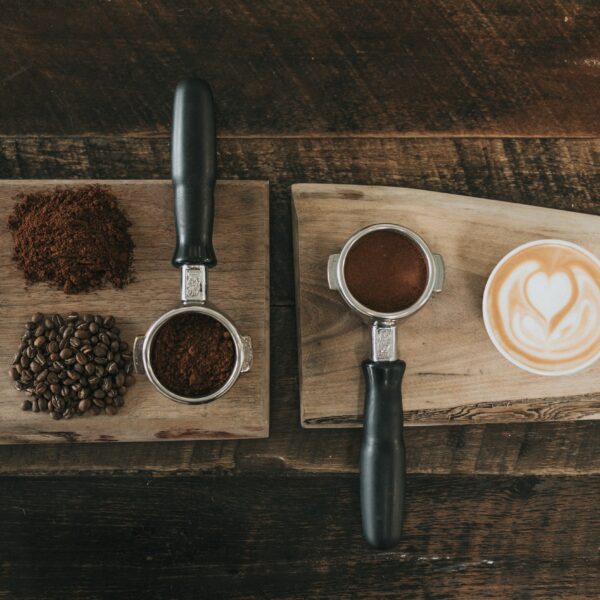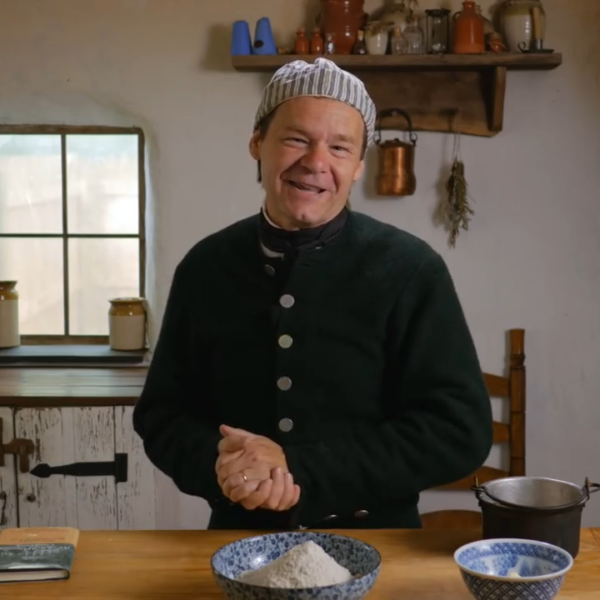Cider makes for the perfect autumnal drink. Brewing your own can help you save over the costly festive season as well as allowing you to experiment with different flavours such as strawberry and lime, pear and spiced ciders.
Types of Homebrewed Cider
Starter kit – complete beginners usually can’t go wrong with a kit using concentrated cider mix. They make great gift ideas for cider-lovers too. With most kits, you just need to add water or brewing sugar, while complete starter kits come with all the brewing equipment you need too, such as a fermenting bin and steriliser.
Normally you just need to fill the fermentation bucket with 5 litres of hot (not boiling) water and add the cider mix. Top up the bucket with hot and cold water until you reach an ideal temperature of between 20-25°C. Add the cider yeast and your brew is ready to begin fermenting (which usually takes 8-11 days).
Using pressed fruit – This technique is ideal for seasoned pros, especially if you have apple/pear trees. You simply extract the juice from your pressed apples or pears, and either mix with yeast or use the natural yeast present in the fruit skin (the fermentation process can take a lot longer in the second case).
Tips and Tricks
Remember to sterilise beforehand
Before you begin with your homebrew, you must make sure all your equipment (such as your fermenting bucket and cider bottles) is sterile, as bacteria can easily contaminate the fermentation process. Ideally, use a steriliser especially designed for homebrewing, as other types might leave taints which can affect the flavour of the end product.
If you’re using pressed fruit, make sure that it’s ripe – and clean!
When selecting your fruit, wait until it has already fallen from the tree to make sure that it’s fully ripe, and store it in a sack cloth to allow for it to ripen further until you’re ready to press it into the juice which will then become cider. Make sure you clean the fruit thoroughly and get rid of anything that’s brown or appears rotten.
You can experiment with adjusting the sweetness of your cider using sugar alcohol
How dry or sweet your cider is depends on how much sugar alcohol you add at the beginning of the fermentation process (using normal sugar won’t make it sweeter as it will just get eaten up by the yeast).
Ensure your fermentation bucket is stored at the right room temperature
Leave your cider to ferment at a temperature between 18-24°C (fermentation using a kit usually takes 8-11 days). The yeast won’t work properly if the room is too cold, but if the temperature’s too high it will cause it to over-work and produce too much alcohol. You can also get a special thermometer to make sure your cider remains at the optimum temperature while it ferments.
Find out more about homebrewing visit: http://life.wilko.com/homebrewing-economical-way-to-make-great-tasting-drinks/




Like this article? Share with your friends!